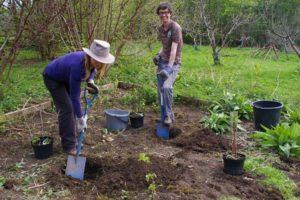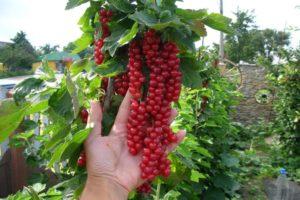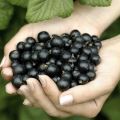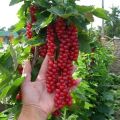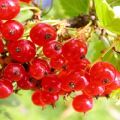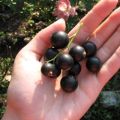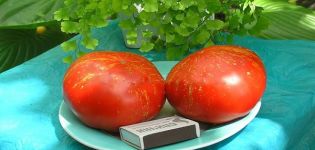Description of black currant varieties Belarusian sweet, planting and care
Among the existing varieties of black currant, Belarusian sweet stands out due to its increased frost resistance, good immunity to common diseases and a bountiful harvest. This type of fruit crop allows you to collect up to 5 kilograms of berries from one bush, which are distinguished by pleasant taste. This variety gives its first harvest the next year after planting.
Breeding history of the variety
Belarusian breeders were engaged in breeding this variety of black currant. The plant was officially entered into the relevant state registers at the end of the 70s of the last century. The culture is based on two hybrid varieties, from which Belorusskaya Sweet borrowed the best properties.
After the breeding of this variety of currant, breeders carried out research for 10 years, according to the results of which the plant was recommended for cultivation in 10 Russian regions.
Main pros and cons
Sweet Belarusian currant stands out due to:
- self-pollination;
- early fruiting;
- stable yields that increase after the first four years;
- berries that have a pleasant taste and the ability to withstand long journeys;
- frost and drought resistance;
- resistance to a number of diseases and pests.
The main disadvantage of the culture is that the berries ripen unevenly on one brush.
Currants, despite their drought resistance, require regular watering. However, with excessive moisture intake, fungal diseases develop.
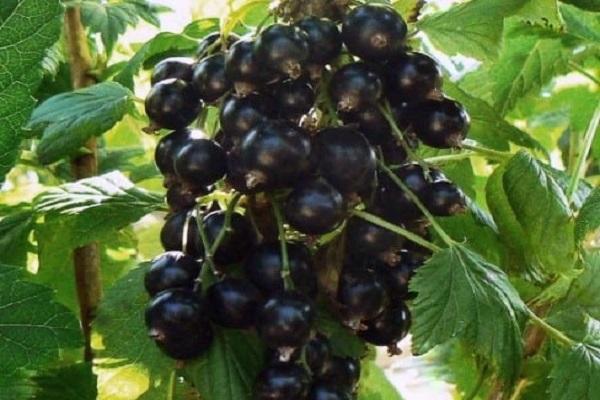
Biological features
Sweet Belarusian currant, unpretentious in terms of care. This variety is recommended to grow on sites for novice gardeners. It is also noteworthy in culture that the plant is capable of bearing fruit when growing in shaded areas.
Description of the bush
The bushes of the sweet Belarusian currant are characterized by rapid growth. The plant forms a medium spreading crown with shoots, the height of which reaches 1.2 meters. Young shoots are characterized by a matte shade, diluted with a pink-purple top. After the first 2-3 years, ovaries form on the stems.In the eighth year, it is recommended to cut off the shoots, since fruiting decreases during this period. By the age of 15, old currants should be uprooted.
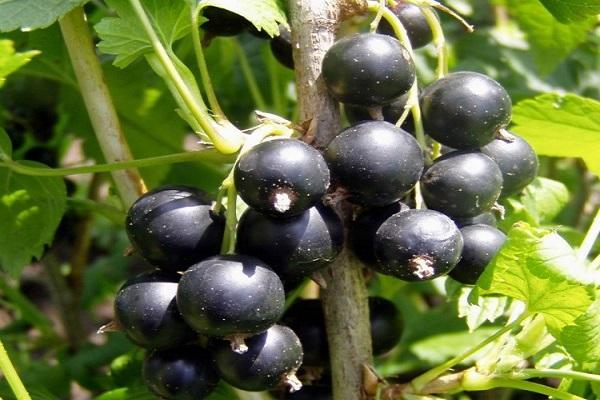
Root system, buds and flowers
When planting a plant on a site, it must be borne in mind that the root system of a young currant is located at a depth of 30 centimeters. Therefore, currants should be planted in areas without strong winds. Over time, the plant takes root to a depth of two meters.
The buds of sweet Belarusian currant have the following characteristics:
- sizes - medium;
- shape - elongated, with a sharp top;
- type - growth, flowering, "dormant" (the first form new shoots);
- color - light pink.
The flowers of the sweet Belarusian currant have a yellowish-green or pink tint. Inflorescences acquire the shape of a bell as they develop.
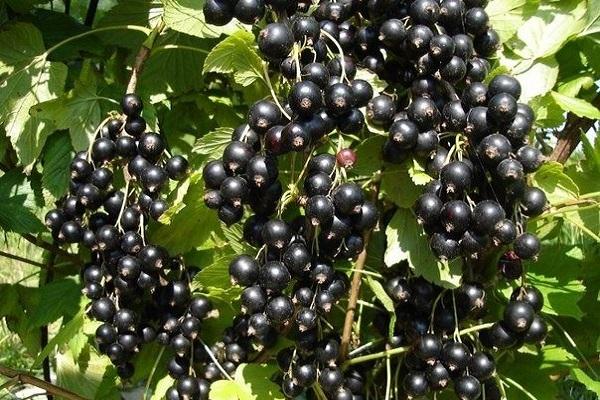
Berries and yield
The currant blooms gradually, which is why the berries, the weight of which reaches three grams, ripen unevenly. The length of the fetal hand does not exceed seven centimeters. The berries are distinguished by a sweet and sour taste, which is formed by sugars and ascorbic acid. Up to 9 fruits are formed on one cluster.
Crop yield depends on age. One bush 3-5 years old is capable of producing up to three kilograms of berries. Over time, this figure rises to six kilograms.
Scope of fruits
Sweet Belarusian currant is a universal variety that is used for the treatment of various diseases or for the preparation of drinks (juices, compotes, medicinal teas), preserves, jam or pies. The fruits of the culture are dense, due to which the berries can be stored in the refrigerator for up to a week, and in the freezer for several months, without losing their original properties.
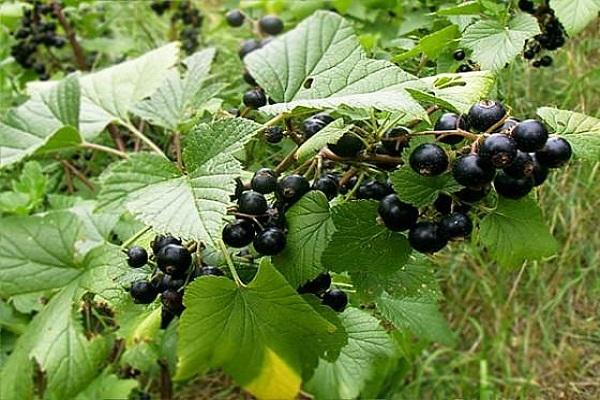
Characteristics of the variety
After the appearance of the currant, the Belarusian sweet culture was tried to grow in different territories. Today the plant grows in 45 Russian regions. This area is explained by the peculiarities of the currant.
Resistant to low temperatures and drought
If you cover the roots for the fall, then the sweet Belarusian currant tolerates even severe frosts. However, in cases when the air temperature drops sharply during flowering, the plant does not produce a crop. In addition, the culture can do without watering for several days.
Susceptibility to diseases and pests
More often, sweet Belarusian currants are sick with powdery mildew and other fungal pathologies. The appearance of aphids on the leaves is also possible. Less commonly, the plant infects a bud mite.
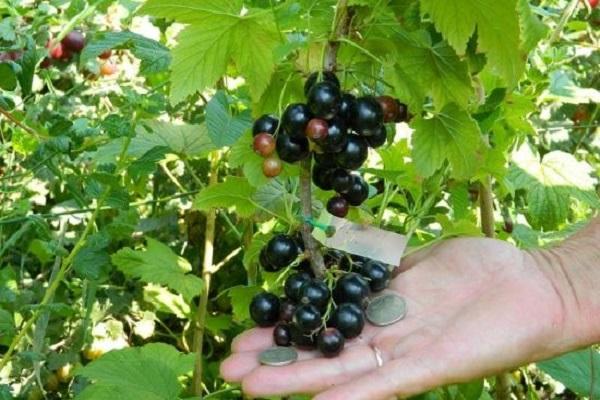
Landing rules
The yield of the plant and the ability of currants to resist the negative influence of the external environment depend on compliance with the rules and conditions of planting. Before the start of the season, it is recommended to find a suitable place on the site and prepare the seedlings.
Recommended disembarkation times
Gardeners recommend planting currants in September or October. In this case, it is necessary to immediately determine the place of growth. The culture does not like re-transplanting and may die.
Choosing the best place
The optimal place for planting currants of the Belorusskaya Sweet variety is considered to be a site with loamy soils. Due to the large root system, it is not recommended to germinate the crop in areas where groundwater is less than one meter from the surface. The plant should be planted in open areas, near fruit trees, whose foliage will protect the berries from the scorching sun in summer. It is desirable that the growing area be sheltered from strong winds.
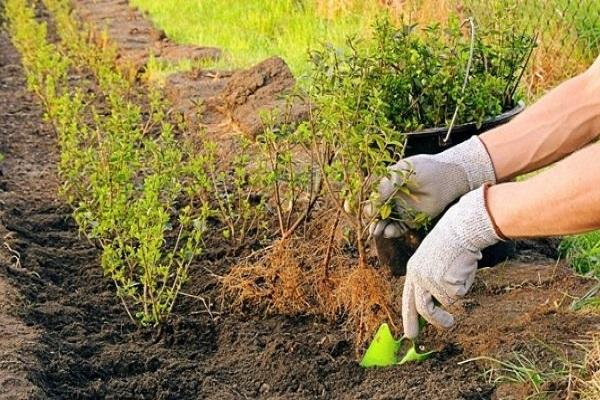
Preparation of beds and planting material
For planting in private gardens, it is recommended to take 1-2-year-old seedlings without visible signs of damage or signs of disease. The length of the roots should be 15-20 centimeters, and the shoots should be 30-40 centimeters.
A day before planting, it is necessary to soak the seedlings in Kornevin's solution, and an hour before soaking them in a chatterbox of red clay. In the place where currants will grow, the soil must be mixed with humus, 100-200 grams of superphosphate and 500 milliliters of wood ash (half a liter jar).
Landing algorithm
Due to the active growth and large crown, it is recommended to plant the bushes at a distance of 1.5 meters. There must be at least 2 meters between the rows. Planting culture is carried out according to the following algorithm:
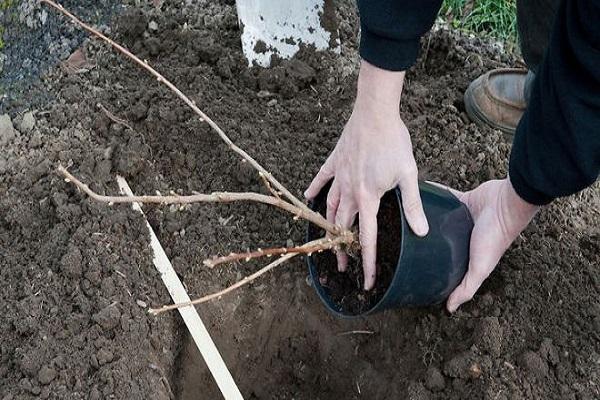
- In a suitable area on the site, holes are dug 50 centimeters wide and deep.
- A 10 cm drainage layer and fertilizer from compost and wood ash are placed at the bottom of the hole.
- The seedlings are placed in the prepared hole so that the root collar deepens by 5 centimeters.
- The seedlings are tilted at 45 degrees in relation to the ground and covered with soil.
After planting, the land near the bushes should be watered and mulched. Then you need to cut the seedlings, leaving 4-5 buds.
Nuances of culture care
Currants require gardeners to regularly water and weed the land near the bushes. If necessary, the plant is treated from pests.

Watering frequency
After the snow melts, the bushes are watered as needed, as the soil dries up. In this case, it is important to avoid waterlogging of the soil. Watering must be suspended 2 weeks before harvest. Due to the abundance of moisture, the berries crack.
How and what to feed?
During flowering, nitrogen fertilizers are applied under the bush before watering. When the berries begin to ripen, complex feeding is applied. And after harvesting, potassium-phosphorus fertilizers are applied. The development of the plant is facilitated by foliar organic feeding.
Pruning
It is recommended to remove painful and withered shoots from bushes during the warm season. Around the plant in the second year after planting, you need to form a support on which the branches will fall. With the onset of autumn, the shoots are shortened by 2-3 centimeters from above.
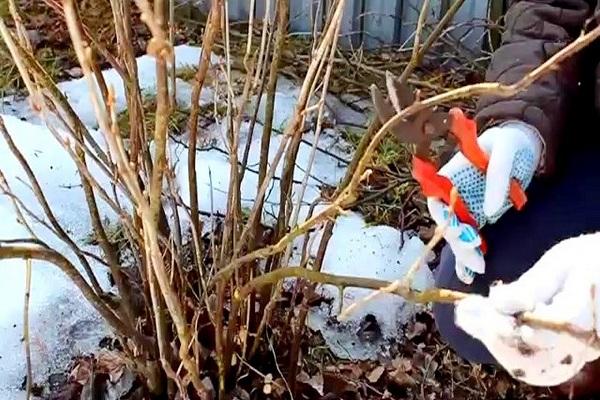
After planting, the plant must be pruned regularly. In the second year after planting, all shoots are removed, except for the four strongest ones. Over the next two years, gardeners leave 3-6 large zero shoots. After 6 years, it is recommended to cut off lignified shoots.
Mulching and loosening the beds
To ensure a normal flow of oxygen to the roots, gardeners recommend loosening the soil after each watering. Under the bush, it is necessary from the beginning of the season to introduce and periodically renew mulch from dry grass or needles.
Preventive treatment
In order to prevent infection, currant bushes are treated with hot water containing potassium permanganate crystals every spring. Also for these purposes, drugs that fight infectious diseases are suitable. Wood ash and garlic infusion, which are applied at the root, help prevent the appearance of aphids.
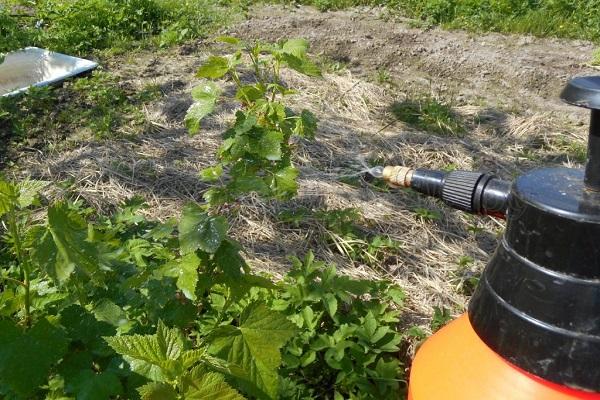
Do I need to cover for the winter?
Shortly before the onset of frost, it is recommended to cover the root system with compost or humus.
How to propagate a bush?
The currant variety Belarusian sweet reproduces:
- By cuttings. In the spring, you need to cut off several branches and put the shoots in a container with water. When the first roots appear, the seedlings are sent to a permanent place in the garden.
- Layers. During the warm season, it is necessary to press the branch to the ground. After rooting, such a seedling is cut off from the main bush and transplanted to a new place.
In rare cases, gardeners propagate currants by seeds. This option is time consuming and requires special skills and patience.
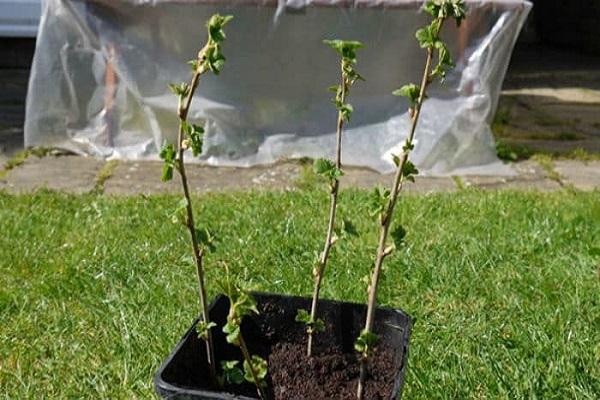
Reviews
Elena, Sergiev-Posad
“The Belorusskaya Sweet variety attracts with delicious berries, which we use mainly for making jam. For several years that currants have been growing on the site, there have been no problems with growing bushes. "
Anton, Krasnodar
“We took three cuttings from a bush from a neighbor. All took root in a new place. Already in the third year, a bountiful harvest was collected from the bushes. Now the plant is consistently producing several kilograms of delicious berries. "

Victor, Yaroslavl
“Belorusskaya sweet currant has been growing on the site for several years. During this time, I planted new bushes more than once, using both layering and seedlings. Each time the plant took root well. "
